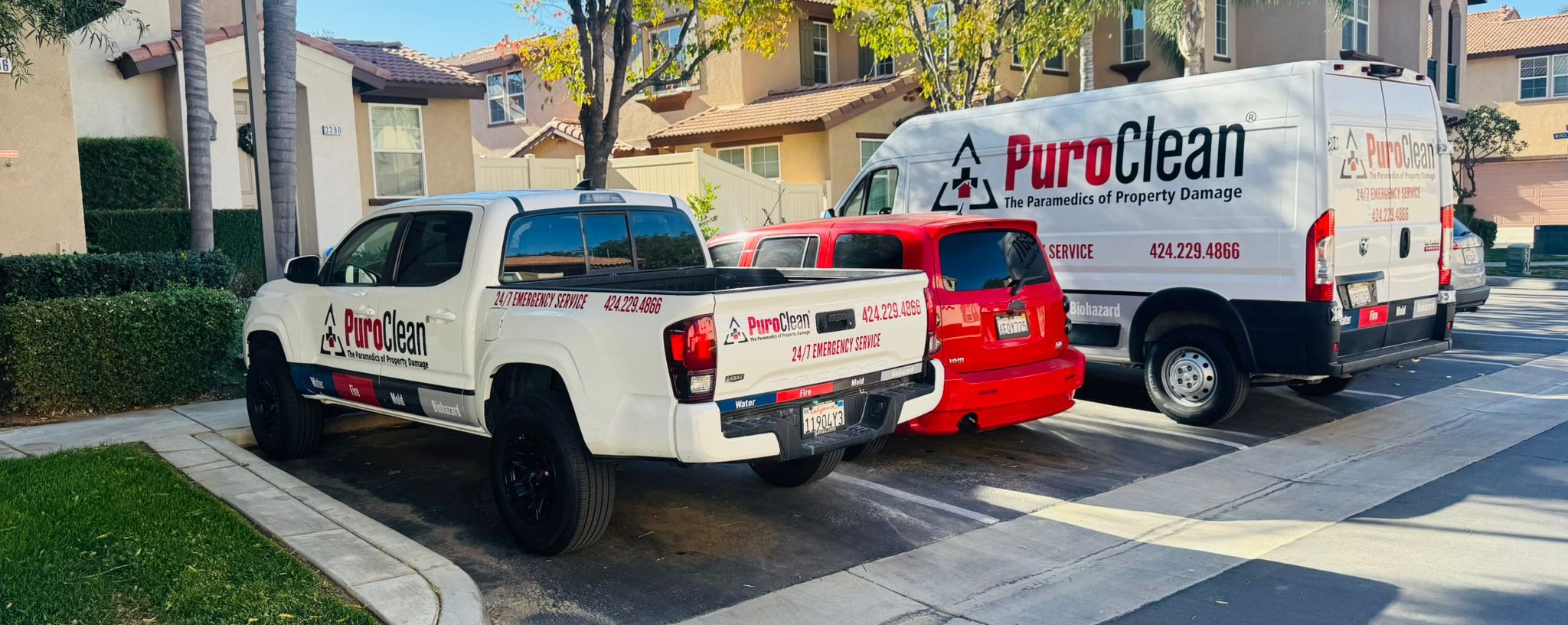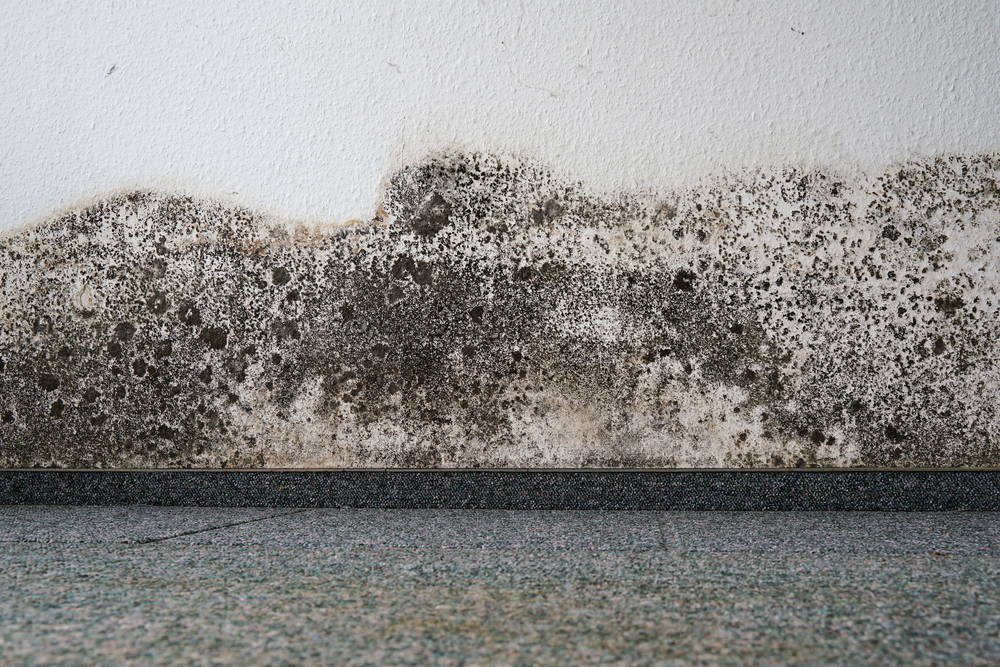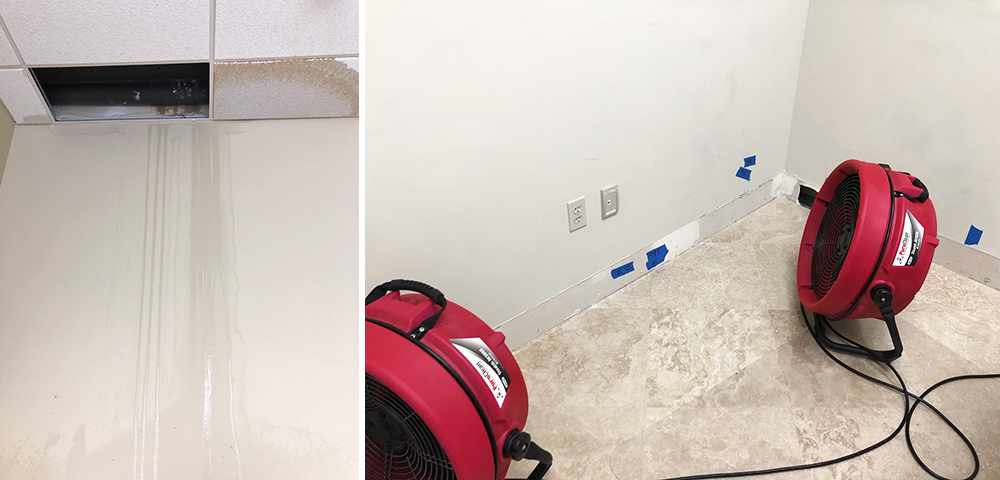Table of Contents
It starts with a musty smell or a mysterious stain—but soon, you’re asking: “Are these signs of mold in my house?” Mold growth isn’t just an eyesore; it’s a silent intruder that can affect your health, damage your property, and spread quickly if not addressed. In this post, we’ll cover the top signs of mold in house, what they mean, and when it’s time to call in the pros.
1. Musty, Earthy Odors
One of the first signs of mold in house is a persistent musty smell. If you notice an odor that doesn’t go away even after cleaning or airing out your home, mold could be hiding behind your walls, under floors, or in HVAC systems. Mold produces microbial volatile organic compounds (mVOCs), which are responsible for that unmistakable smell.
2. Visible Mold Growth
Obvious? Yes. But sometimes, what you think is simple dirt or water staining could be mold. Mold comes in various colors—black, green, white, or even pink. Small spots can be found on ceilings, around windows, inside cabinets, or under sinks. If you’re seeing spots that grow or return after cleaning, that’s one of the sure signs of mold in house.
3. Allergic Reactions
If your allergies suddenly worsen at home but improve when you leave, mold may be to blame. Common mold-related symptoms include:
- Sneezing
- Runny or stuffy nose
- Itchy eyes or skin
- Coughing or wheezing
Children, the elderly, and individuals with asthma are especially vulnerable. These health symptoms are red flags pointing to the signs of mold exposure.
4. Water Damage or Past Flooding
Water intrusion is mold’s best friend. If your home has experienced flooding, burst pipes, or roof leaks, the aftermath often leads to mold growth—especially if the water wasn’t cleaned up promptly or thoroughly.
Even dried-up water stains on ceilings or walls can be signs of mold in house, indicating a hidden colony is growing where moisture once collected.
5. Peeling or Bubbling Paint and Wallpaper
Paint that starts to bubble, crack, or peel can be a subtle indicator of excess moisture—another key condition for mold. Behind that bubbly texture might be a spreading mold issue, particularly in high-moisture areas like bathrooms or basements.
6. Warped Walls or Ceilings
Moisture trapped inside drywall or wood will eventually cause them to warp or sag. This distortion is more than cosmetic; it can point to ongoing water problems and mold lurking underneath. Keep an eye on structural changes that develop without any clear cause.
7. Dark Grout or Tile Discoloration
Mold loves damp areas like bathrooms. If you notice dark patches forming between tiles or around the base of the shower, you’re likely looking at mold. While cleaning might remove the surface growth, recurrent mold growth is a sign of deeper issues—and one of the more visible signs of mold in house.
8. Condensation on Windows or Surfaces
Constant condensation on windows, pipes, or even walls indicates high humidity—perfect conditions for mold growth. If you’re wiping moisture off windows daily, it’s time to reduce the humidity and check for mold hiding nearby.
9. Persistent Cough or Breathing Issues
Some molds, especially black mold, release spores and mycotoxins that can affect indoor air quality. People exposed to mold for long periods may suffer from chronic coughing, sore throat, chest tightness, or even infections in severe cases.
If your health issues seem worse at home, it’s worth investigating for other signs of mold in house.
Why Mold Grows in Homes
Mold spores are everywhere, but they need the right conditions to grow:
- Moisture or water
- Lack of ventilation
- Organic materials like wood, drywall, or fabrics
That’s why mold is common in bathrooms, kitchens, basements, and attics.
Preventing mold means keeping your home dry, well-ventilated, and quickly addressing leaks or spills.
What to Do When You Spot Signs of Mold
If you’ve noticed one or more of the signs of mold in house, it’s time to act. Here’s what to do:
- Don’t ignore it. Mold won’t go away on its own.
- Avoid disturbing it. DIY cleaning might spread spores.
- Call a professional. Mold remediation experts like PuroClean of Bellflower can safely identify, contain, and remove mold from your home.
FAQs About Signs of Mold in House
Q: Can mold grow even if I don’t see any water damage?
Yes. Mold can grow from high humidity, condensation, or even unseen leaks inside walls.
Q: Is all mold dangerous?
Not all mold is toxic, but any mold in large amounts can cause health problems or structural damage. Some people are more sensitive than others.
Q: Can I clean mold myself?
Small patches (less than 10 sq. ft.) might be manageable, but hidden or widespread mold needs professional remediation to avoid spreading spores and ensuring complete removal.
Q: How fast does mold grow?
Mold can start growing within 24–48 hours in the right conditions. Fast action is critical.
Let PuroClean of Bellflower Help You Breathe Easier
Seeing the signs of mold in house can be overwhelming—but you don’t have to face it alone. At PuroClean of Bellflower, we specialize in mold inspection, containment, and removal using industry-approved techniques and safety standards.
- Fast, discreet service
- Certified mold remediation professionals
- Advanced equipment for detection and removal
- Satisfaction guaranteed
Don’t let mold take over your home or your health. If you’ve spotted any of the signs of mold in house, contact PuroClean of Bellflower today for a free consultation and let us restore your home and peace of mind.
Call now on (562) 356-8500 for professional mold remediation services.





 PuroClean of Bellflower
PuroClean of Bellflower